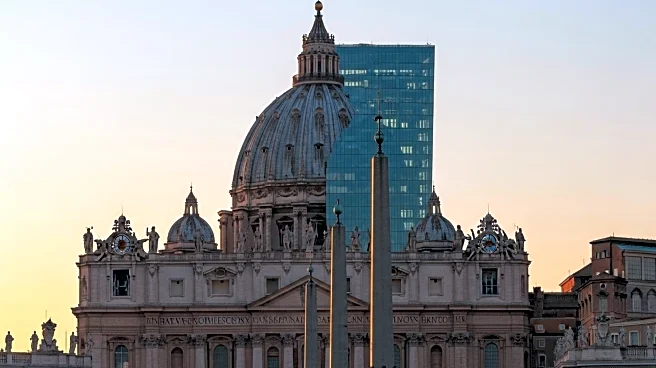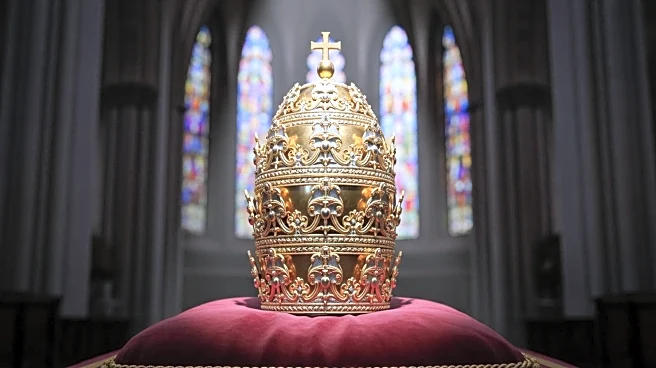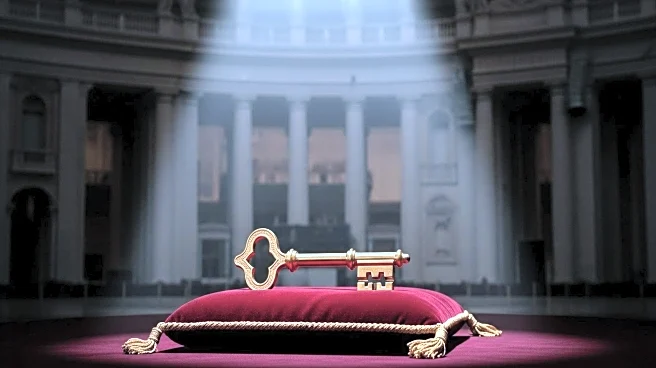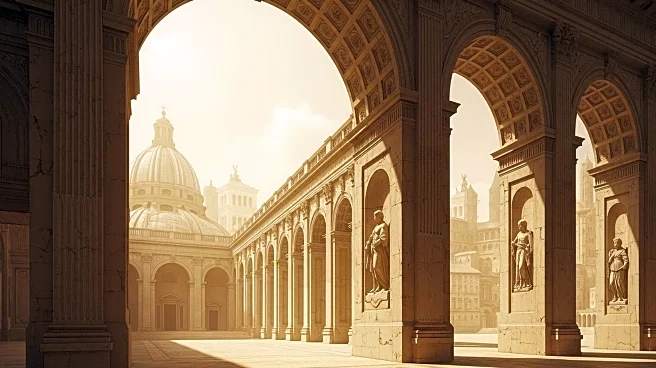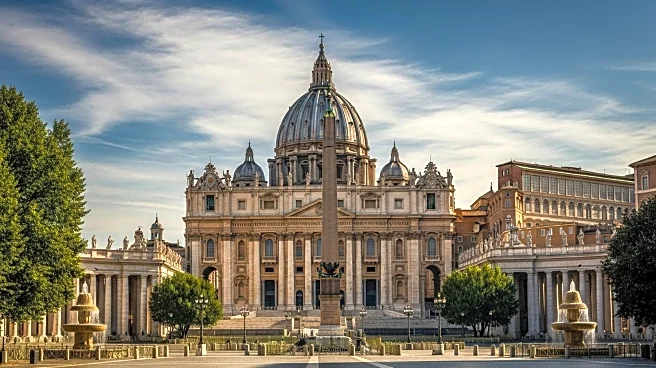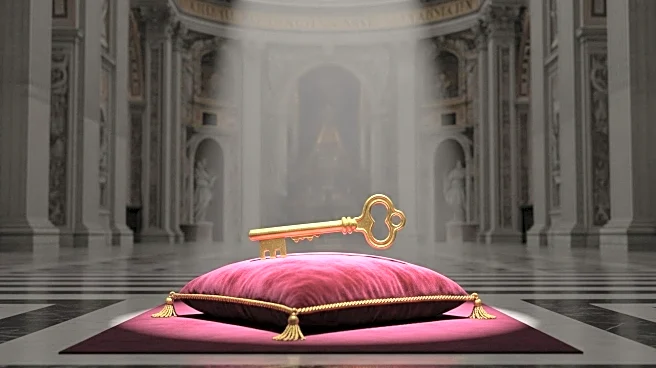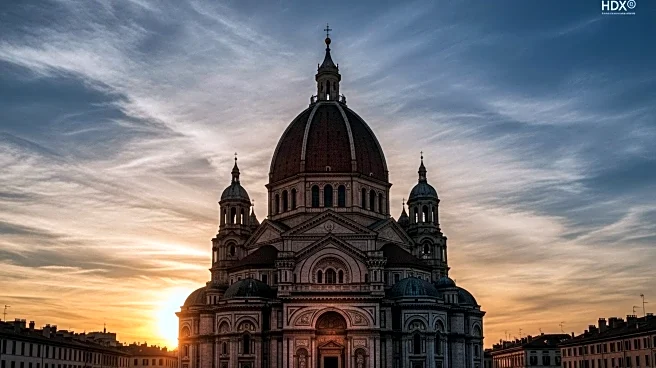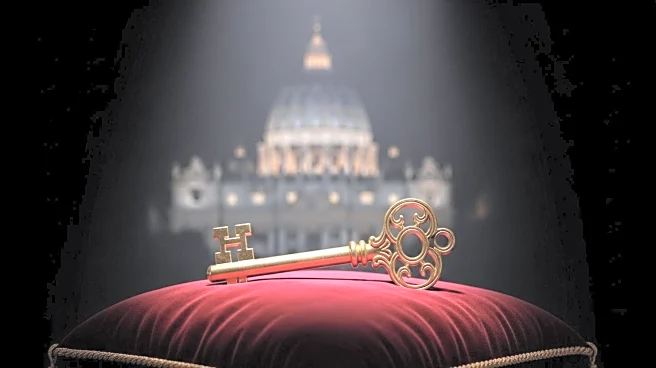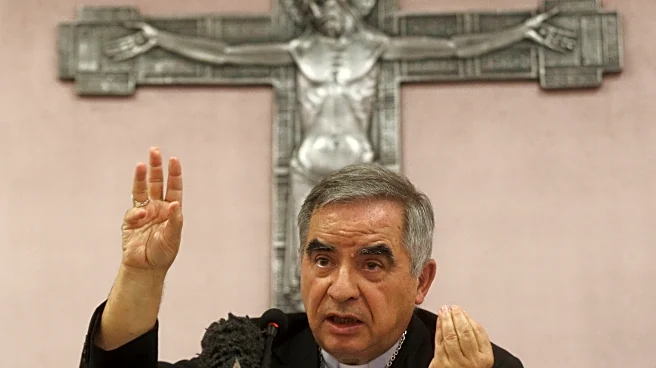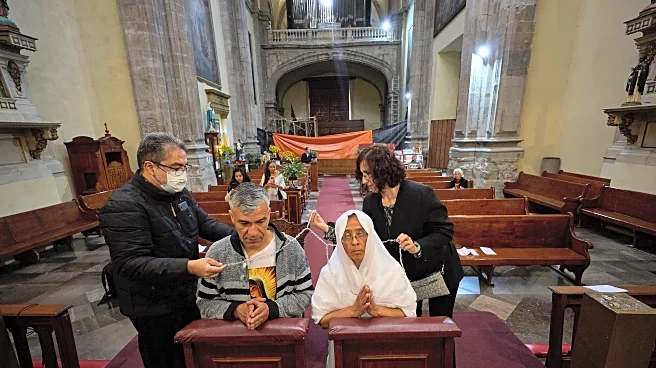What is the story about?
St. Peter's Basilica has a rich timeline that traces its origins from ancient beginnings to its status as a modern marvel. As the largest church in Vatican City, its history reflects the evolution of religious architecture and the enduring significance of Saint Peter's burial site.
Origins
The site of St. Peter's Basilica has been a place of worship since the 4th century when the original basilica was constructed by Emperor Constantine. This early structure marked the beginning of the site's religious significance, serving as a burial place for Saint Peter.Key Phases
The current basilica's construction began in 1506 under Pope Julius II. This phase involved the demolition of the old basilica and the design of a new, grander structure. Architects like Bramante and Michelangelo played pivotal roles in shaping the basilica's design during this period.Turning Points
A major turning point in the basilica's history was the completion of its iconic dome by Michelangelo in 1590. This architectural feat solidified the basilica's status as a masterpiece of Renaissance architecture. The basilica was consecrated in 1626, marking the culmination of over a century of construction.Present Status in Source
Today, St. Peter's Basilica remains a central symbol of the Catholic Church and a major pilgrimage site. It continues to host significant religious ceremonies and attracts millions of visitors annually, reflecting its ongoing relevance and historical significance.AI Generated Content
Do you find this article useful?
